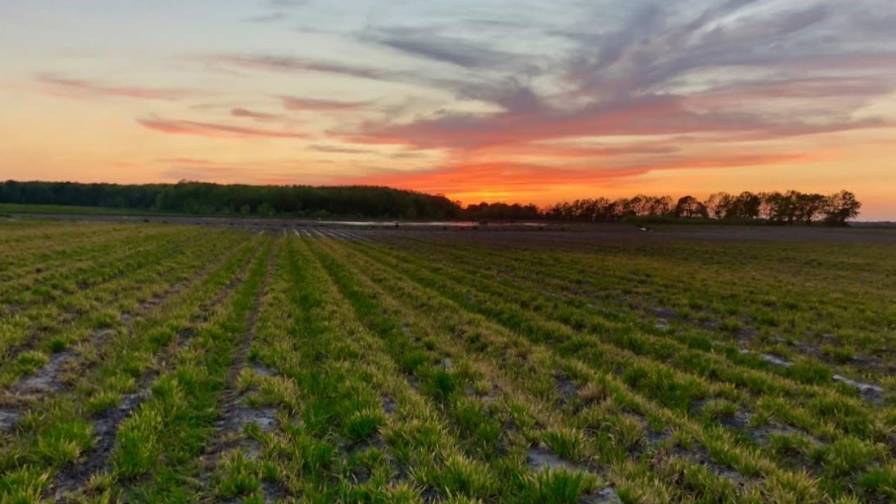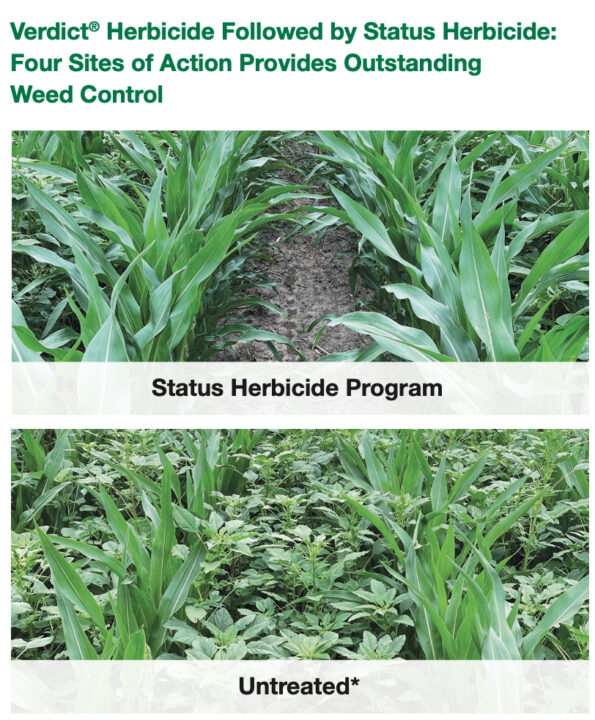CPDA: What EPA’s Final Herbicide Strategy Means for Farmers, Retailers
Recently, CropLife® checked in with Scott Rawlins, Director of Government Relations for the Council of Producers and Distributors of Agrochemicals (CPDA), on the EPA’s final Herbicide Strategy.
CL: In August, the EPA released its final Herbicide Strategy in response to its obligations to the Endangered Species Act. How significant is this for our industry?
Rawlins: The Herbicide Strategy is the most significant portion of EPA’s Endangered Species Act (ESA) strategy simply because herbicides represent the bulk of overall pesticide use. A vast majority of farmers use herbicides, so most operations will face ESA-imposed restrictions.
CL: What are some of the initial takeaways CPDA has to the final Herbicide Strategy, including the EPA’s recognition of Drift Reduction Adjuvants (DRAs) to ease the requirements for farmers and growers?
Rawlins: For the last 16 months, CPDA has been collecting and submitting wind tunnel data on DRAs to EPA’s Environmental Fate and Effects Division (EFED) for review and analysis. Following a series of meetings with EFED, we are pleased that EPA has included DRAs in the Herbicide Strategy as an approved mitigation tool. DRAs will be the simplest, lowest cost option for farmers to reduce or eliminate no-spray buffers.
CL: What advice do you have for farmers regarding the final Herbicide Strategy and its impact on their operations?

Scott Rawlins, CPDA
Rawlins: The best advice for any farm is to start preparing and gathering information now. Here’s why:
The Herbicide Strategy is incredibly complex. Growers will have to conduct an acre-by-acre analysis of each field to understand their compliance obligations. They must consider a broad range of factors to include whether their fields are located in a Pesticide Use Limitation Area, the field slope, soil type, runoff potential, distance to critical habitat, the crop produced and other factors. For a 5,000-acre farm, this could mean a thorough and separate analysis of more than one hundred fields. Add in the restrictions that will be included in the recently released draft Insecticide Strategy and yet-to-be released Fungicide Strategy and you end up with a regulatory maze affecting most farmers.
Plus, no one is ready yet to offer advice and guidance. Not USDA’s Extension Service, nor Certified Crop Advisors or state regulatory agencies. Currently, farmers lack a go-to source to successfully comply.
At the same time, farmers should continue to check and follow the pesticide labels.
CL: What impact will these new requirements have on small- to mid-sized farms?
Rawlins: Small- and mid-sized farms will be impacted the most. The mitigation measures identified in the Herbicide Strategy will be financially difficult for small farms to implement. This is particularly true for the permanent in-field mitigation measures like buffer strips, vegetative filter strips, contour farming, riparian areas, mulching, and water retention systems. These are all expensive to implement while taking land out of production, a double whammy that will disproportionately affect smaller farms.
CL: What other changes can farmers expect?
Rawlins: There are two issues that have been overlooked so far. The first is how planting decisions are made. Farmers typically make planting decisions based on market conditions. Under these new regulations, planting decisions will sometimes come down to what crop can be planted on a specific piece of land with the fewest restrictions. The second is the effect on Integrated Pest Management systems. Instead of choosing products that best fit into an overall program, product selection will come down to products with the fewest restrictions.






